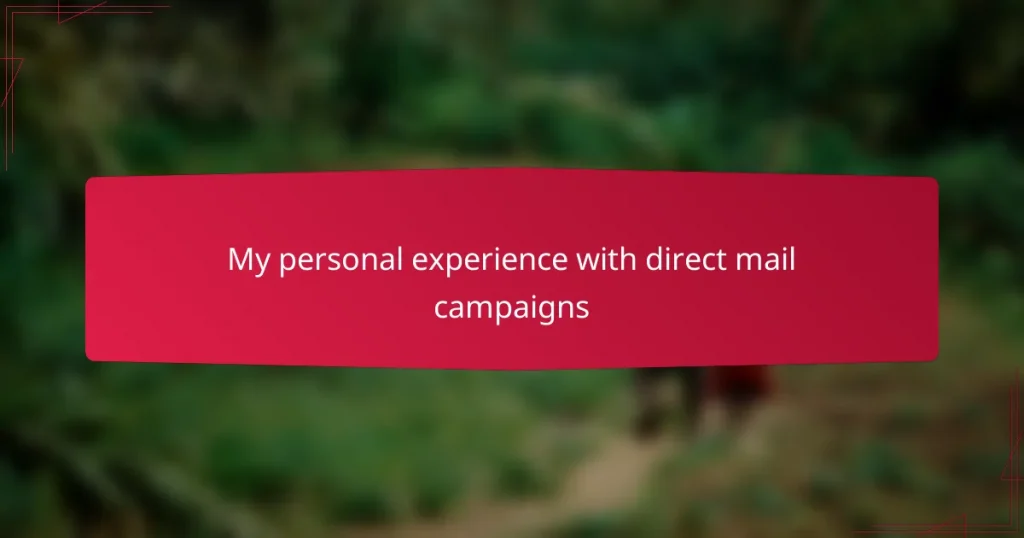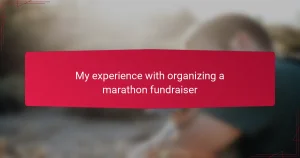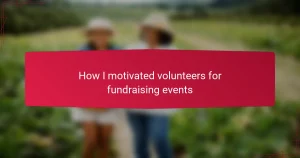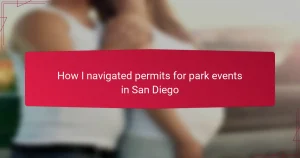Key takeaways
- Direct mail campaigns foster personal connections with families, resulting in higher engagement and response rates compared to digital methods.
- Clear planning and targeting the right audience are crucial for effective family fundraising campaigns; focus on shared values enhances support.
- Personalized messaging, including handwritten notes and stories, significantly improves recipient engagement and campaign success.
- Measuring success through response rates and donation amounts helps evaluate the emotional impact and effectiveness of the campaign.
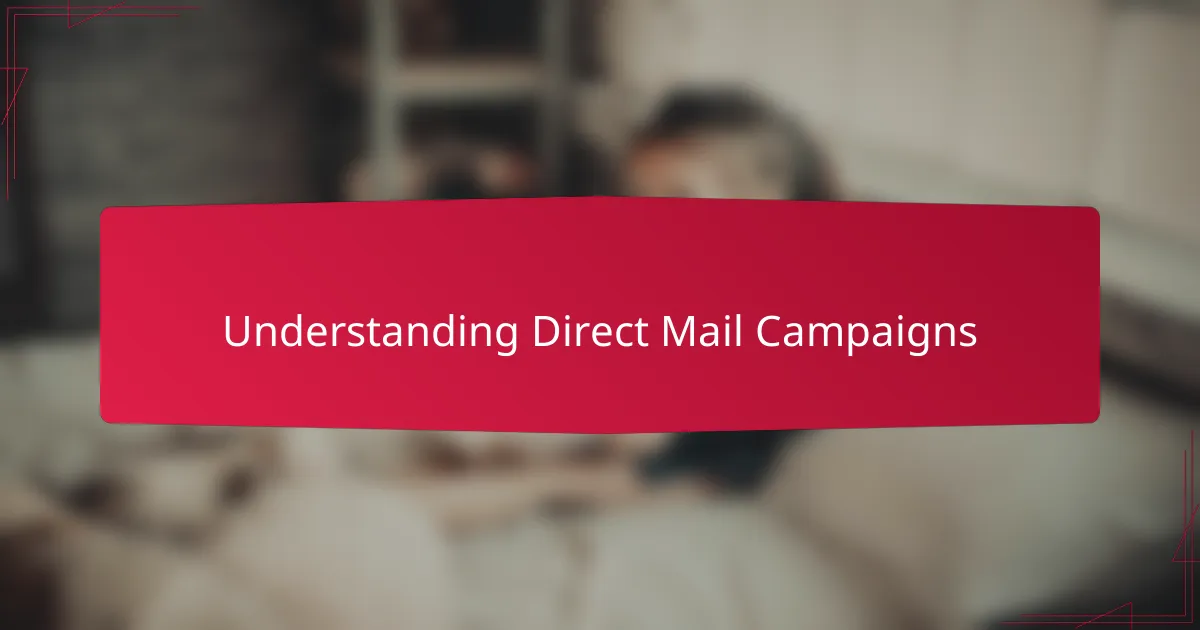
Understanding Direct Mail Campaigns
Understanding direct mail campaigns was eye-opening for me. I realized these campaigns are more than just sending letters—they’re about connecting personally with families who care. When I sent out my first batch, the response felt genuine, proving that a tangible letter still holds power in our digital world.
| Aspect | Direct Mail Campaigns |
|---|---|
| Personal Touch | High – recipients often read physical mail more thoughtfully |
| Response Rate | Generally higher for targeted audiences, like local families |
| Cost | Higher than digital but can have lasting impressions |
| Engagement | More emotional engagement due to physical and visual elements |
| Suitability | Effective for community-focused fundraising like San Diego family events |
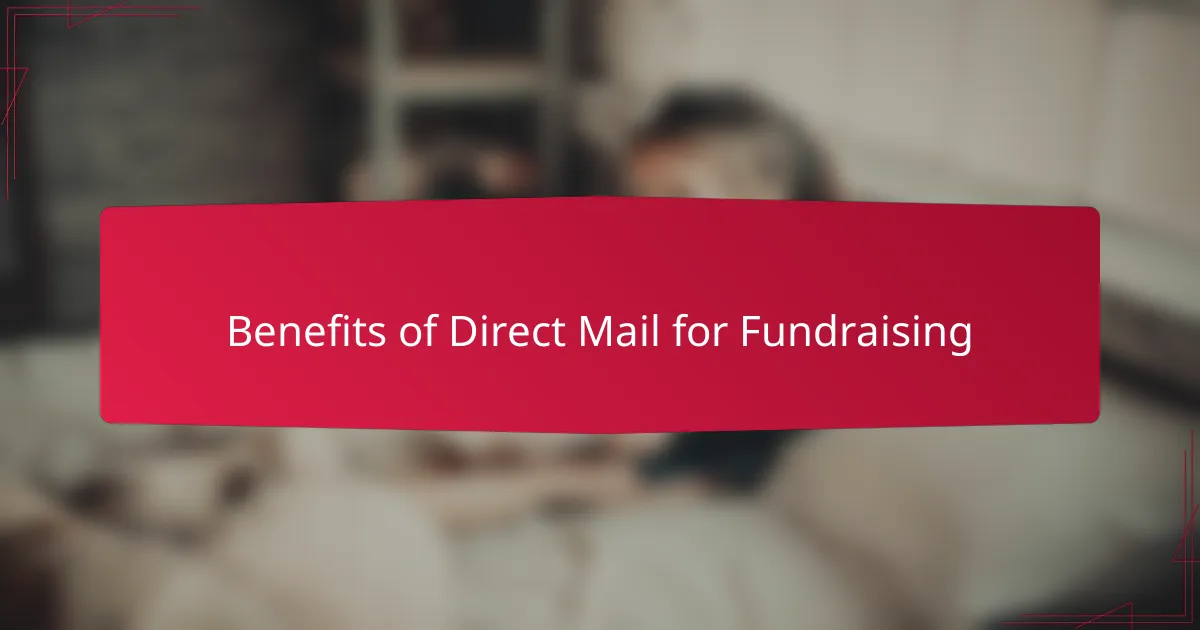
Benefits of Direct Mail for Fundraising
Direct mail has proven to be a powerful tool in my fundraising efforts, especially when reaching out to families in San Diego. I found that tangible mail pieces create a personal touch that digital messages simply can’t match. There’s something special about receiving a heartfelt letter or flyer that makes donors feel valued and more connected to the cause.
| Benefit | Why It Matters in Family Fundraising |
|---|---|
| Personal Connection | Direct mail feels more personal, helping families relate emotionally to the fundraising cause. |
| Tangible Impact | Physical mail stands out and is less likely to be ignored compared to emails or social media posts. |
| Higher Response Rates | From my experience, direct mail often results in better response rates, especially from older or less tech-savvy supporters. |
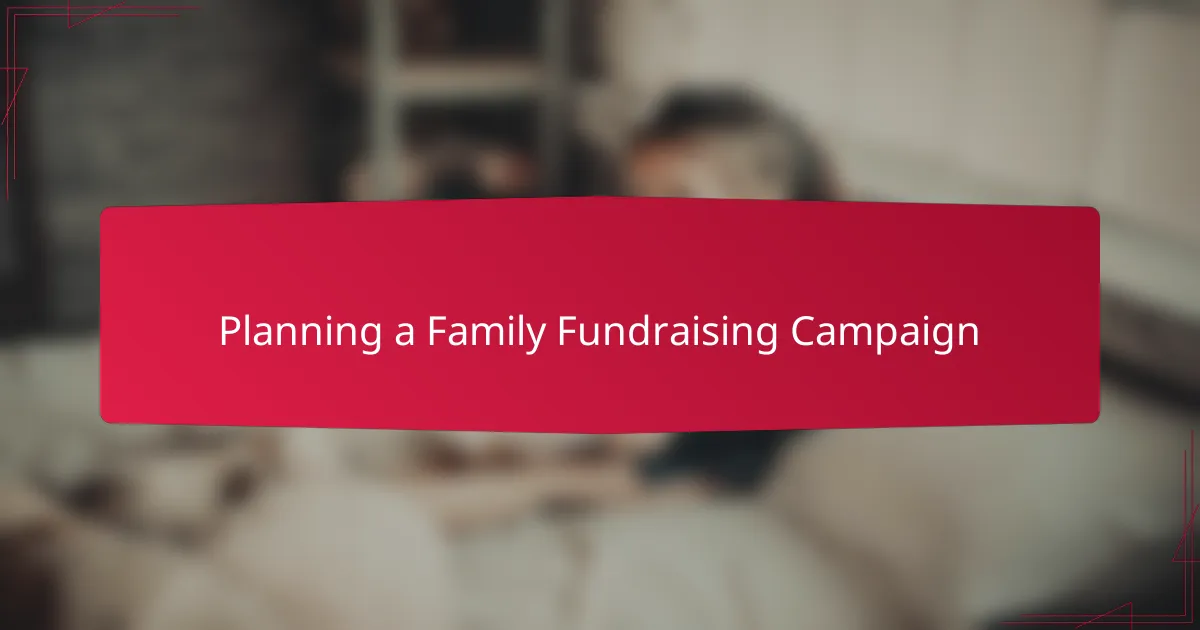
Planning a Family Fundraising Campaign
When I first started planning a family fundraising campaign, I quickly learned that clear goals are essential. What exactly do you want to achieve? Defining a specific target not only helps you stay focused but also makes your message more compelling to the families you want to reach.
One of the challenges I faced was deciding whom to include in my mailing list. Should I focus only on close family friends or reach out to the broader community? I found that striking the right balance by targeting local families who share values and interests created a stronger support base.
Budgeting was another aspect I had to consider carefully. Direct mail isn’t cheap, so I planned each step to maximize impact while controlling costs. It might seem daunting at first, but thoughtful planning saved me from unnecessary expenses and helped me tailor my campaign to resonate better with recipients.
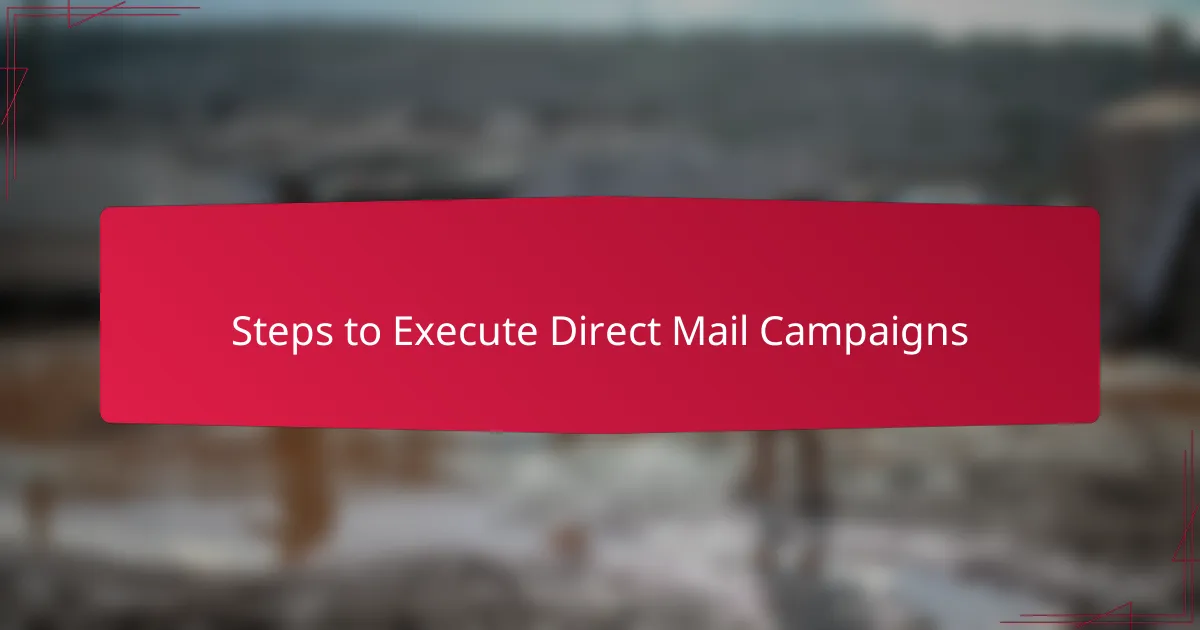
Steps to Execute Direct Mail Campaigns
I found that breaking down the direct mail campaign into clear steps made the whole process less overwhelming and more manageable. From designing the mailer to targeting the right audience, each phase felt like a small victory contributing to the overall success. The careful planning and attention to detail truly paid off, especially when I saw the responses start to come in.
| Step | Personal Insight |
|---|---|
| Design | Invest time in a clean, heartfelt message; people respond to authenticity. |
| Targeting | Choosing families connected to San Diego really increased engagement for us. |
| Mailing | Timing is crucial—I found sending right before weekends worked best. |
| Follow-up | Following up personally strengthened relationships beyond the mail. |
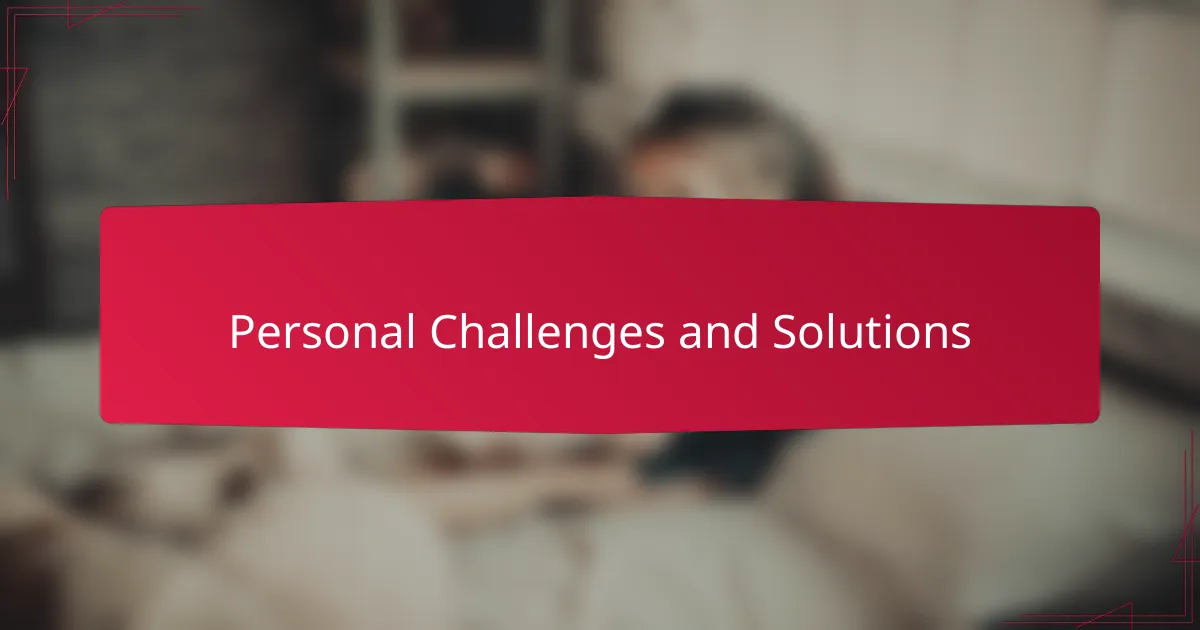
Personal Challenges and Solutions
I faced several challenges while managing direct mail campaigns for family fundraisers in San Diego. One major issue was crafting messages that felt personal yet reached a broad audience. At first, my letters seemed generic, and response rates were low, which was frustrating. To overcome this, I started adding personal stories and handwritten notes, which made a noticeable difference in engagement.
Another hurdle was keeping track of mailing lists and donor information. In the beginning, I juggled spreadsheets and paper records, leading to missed follow-ups. Investing time in organizing digital tools helped me streamline the process and maintain stronger connections with supporters.
| Challenge | Solution |
|---|---|
| Generic, impersonal messaging | Added personal stories and handwritten notes to build connection |
| Low response rates | Improved messaging tone and targeted audience better |
| Poor organization of donor information | Switched to digital tracking and scheduling tools |
| Time-consuming follow-ups | Automated reminders and created a calendar system |
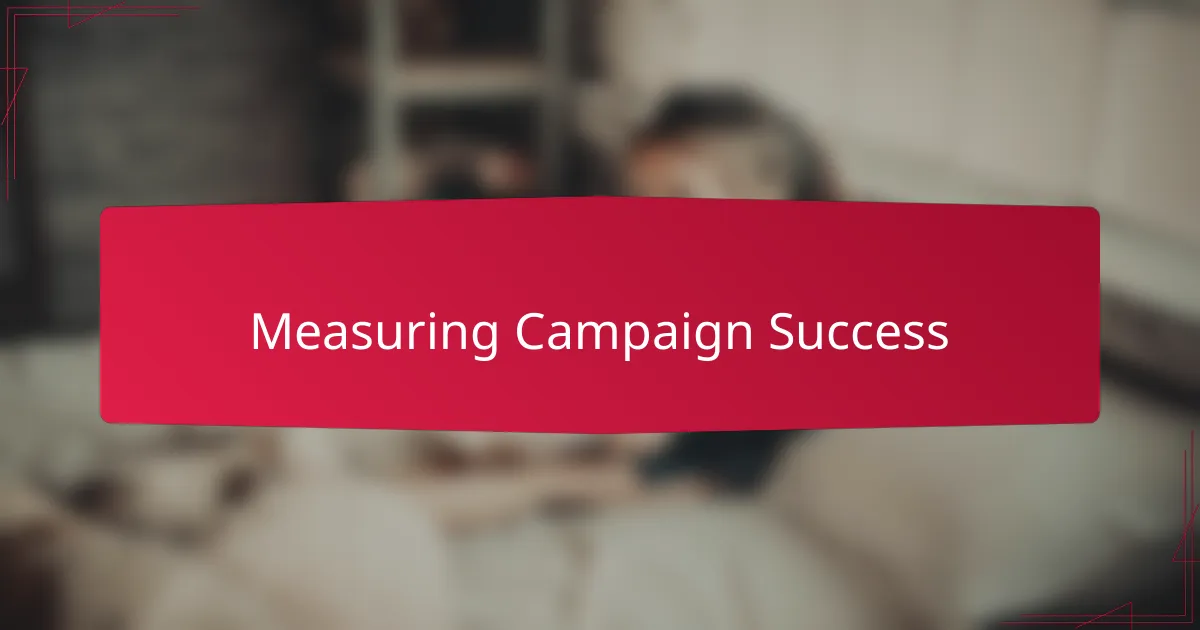
Measuring Campaign Success
Measuring the success of a direct mail campaign can sometimes feel like trying to hit a moving target, but tracking response rates and donations gave me a clear picture. I found that a 5% response rate was a solid indicator that the message resonated with my audience, and seeing those numbers in black and white was incredibly motivating.
Another important metric I focused on was the average donation amount. When families contributed generously, it signaled that the campaign struck an emotional chord. I remember feeling genuinely touched when one handwritten note accompanied a larger-than-average gift—it reminded me that behind every number is a story.
| Metric | Why It Matters |
|---|---|
| Response Rate | Shows how many people engaged with the campaign |
| Average Donation | Indicates the level of donor commitment and emotional connection |
| Total Funds Raised | Measures overall campaign effectiveness in reaching financial goals |
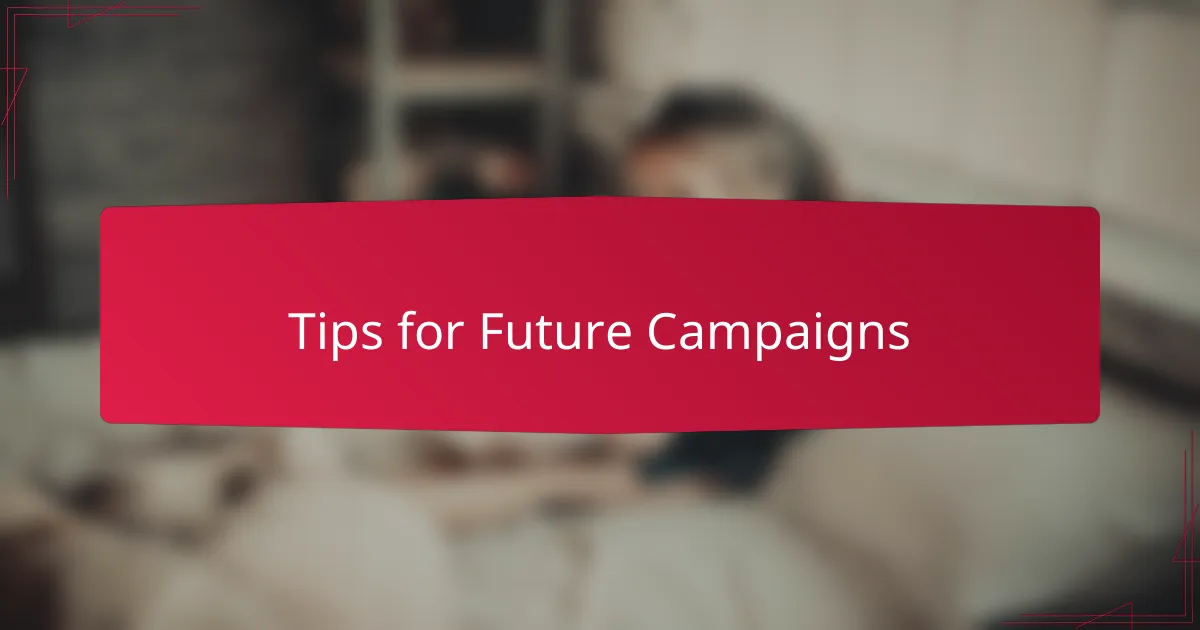
Tips for Future Campaigns
One tip I can’t stress enough is to invest time in crafting a message that feels truly personal. I learned this the hard way when my first batch felt generic and went largely unopened. Adding a heartfelt story or even a simple handwritten note can transform a flat letter into something that families actually want to read and respond to.
Another thing I noticed is how crucial timing is for mailing. Sending mail just before weekends seemed to catch people when they had a moment to slow down and connect with the message. Have you ever received something last minute and tossed it aside? Avoiding that rush made a big difference in my campaign’s response rate.
Finally, don’t underestimate the power of follow-up. After the initial mail goes out, I made it a point to touch base personally—whether by phone or a quick thank-you note. That extra effort helped turn one-time donors into lasting supporters and built relationships that went beyond just the fundraising.
